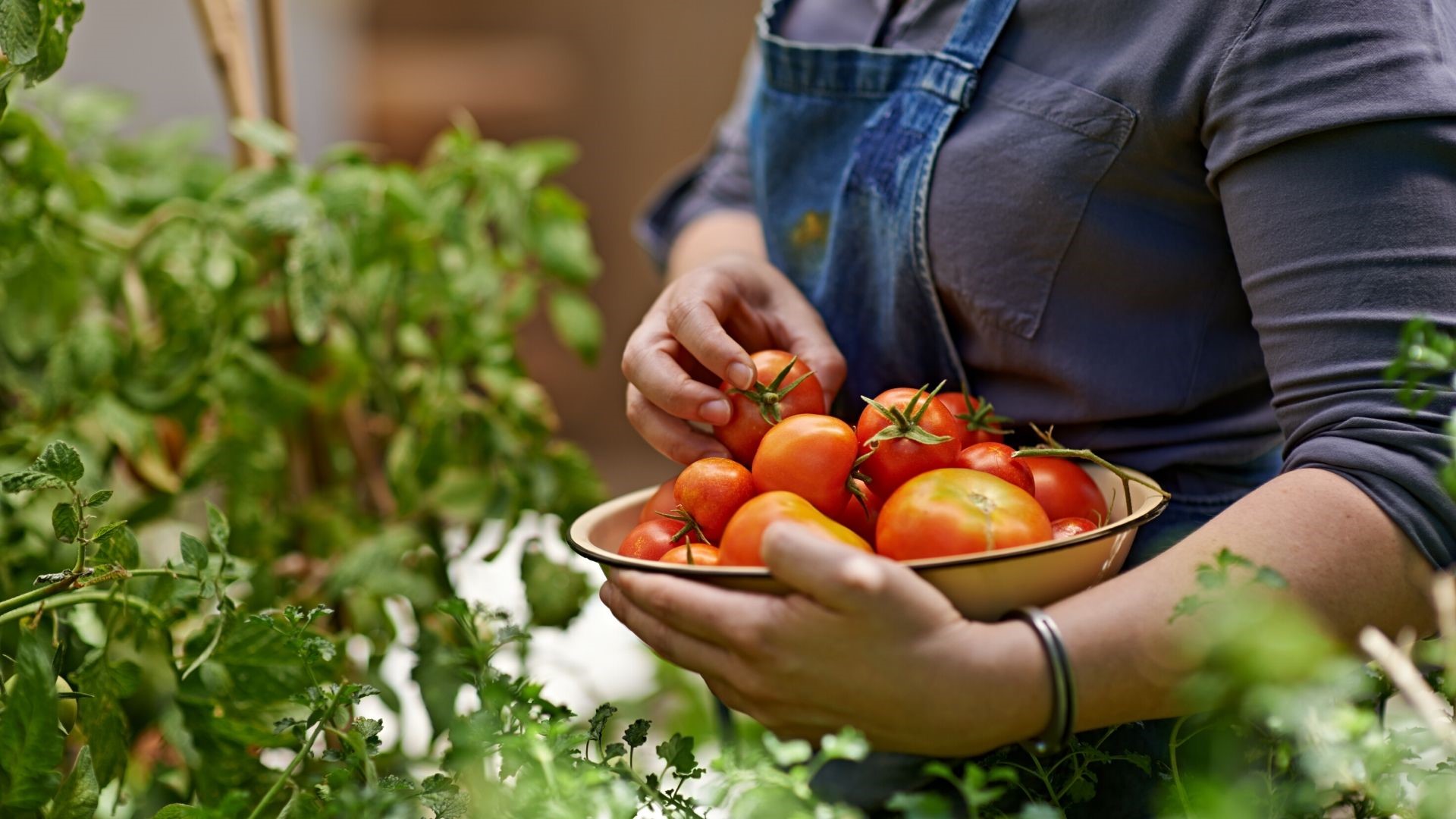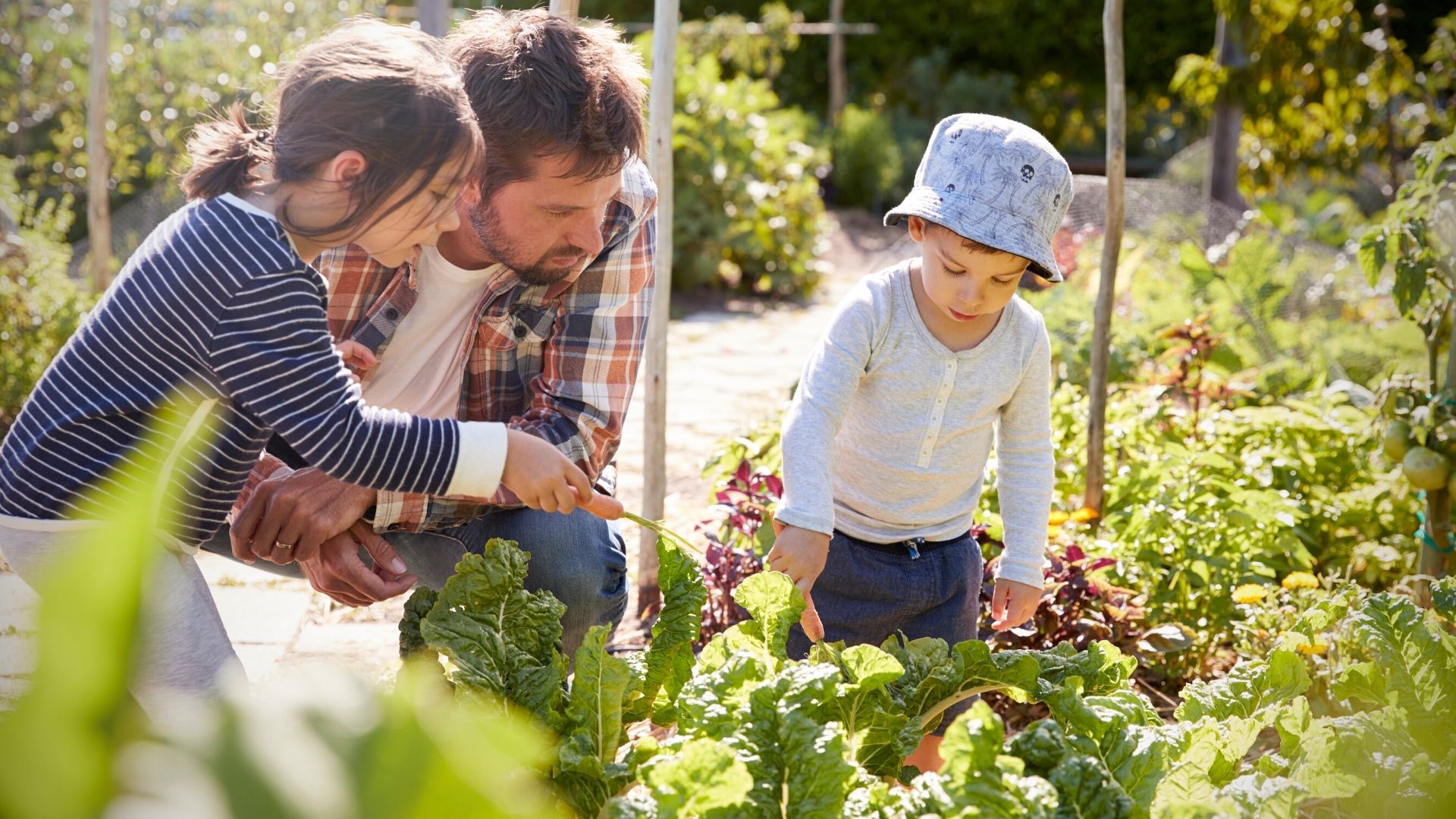How to Start Your Own Garden

Ready to jump in and start your own garden? Gardening can be a richly rewarding hobby, but it can also be daunting if you’ve never tried to plant your own garden. No matter if you’re a gardening pro or just starting out, now may be the best time to try to plant your first vegetables and flowers. If you’ve never had garden-grown produce before, you’ll be blown away by the sweet, vibrant flavors created in your own backyard.
We will highlight the basics of vegetable gardening, how to pick the right site for your garden, how to create the right size garden and how to select which vegetables to grow to get your garden started quickly.
Choose the right location
Picking a good location for your garden is important. Keep in mind most vegetables need at least six hours of direct sunlight, so choose a corner of your yard that’s sunny. If your soil doesn’t drain well, consider making a raised bed for your veggies.
If your yard is prone to flooding or gets a lot of foot traffic from dogs or kids, think about constructing a container garden. Consisting of pots and other containers used to grow your plants instead of planting them in the ground. We will get to that in a bit.
If you are new to gardening, it’s best to start small. A common mistake is planting too much in too big of a space. You run the risk of getting overwhelmed by all the weeding and care necessary, so start small, and only grow what you know you’ll eat.
Choose your vegetables wisely
Many vegetables are common plants that are easy to grow. You can also contact the Oklahoma County-OSU Extension Service to find out which plants grow best in your area. However, vegetables that grow easily in most gardens include the following.
- Tomatoes
- Zucchini
- Cabbage
- Lettuces and greens
- Carrots
- Peppers
- Beets
- Radishes
- Strawberries (it’s a fruit, but still easy to grow in Oklahoma)
- Bush beans
Be sure to grow vegetables you know your family will like and only plant as much as you can realistically eat. If you plant too much, you run the risk of wasting food or having to bug your neighbors to take bushels of squash.
Many vegetables have different planting times. Some, like beets, parsnips and potatoes do better with a June planting. Broccoli, Brussels sprouts, cabbage, carrots and cauliflower do well in the fall. Read your seed packets to find out the best time to plant.
Lastly, invest in quality tools such as shovels, spades or a hoe to make the job that much easier.
Small space gardening
For homeowners with tiny backyards or who live in apartments or other confined living spaces, don’t worry. You, too, can start growing your own food even with limited space.
Container gardening has become popular, and you have more options than just clay pots and planters to get the job done. Container gardening enthusiasts often use recycled materials such as buckets, old wooden pallets and even old porcelain toilets as planters. The only rule is that items have to hold enough soil for the plant and have adequate drainage. A simple household drill to the bottom of the container should be enough to ensure proper drainage.
Some common items that make great small-space growers are listed below.
- Cans
- Jars
- Old baskets
- Toolboxes
- Tires
- Fish tanks
- Fishbowls
- Cinder blocks
- Wagons, wheelbarrows, wagon wheels
- Coffee mugs
- Pallets
- Old bird baths
- Laundry baskets
One of the easiest and more successful ways to garden on a balcony or patio is to get a pallet and set it vertically. You can find step-by-step instructions online at sites like Growing a Greener World and can easily sprout herbs such as dill and basil or fruiting plants like strawberries.
Even an old gardening boot can be a fun planter for small herbs, so let your imagination run wild!
Neighborhood gardens
A community garden or neighborhood garden is another option for those who don’t want to commit to their own garden yet, or who do not have space. Using vacant areas or common areas in a neighborhood is not a new idea, but it does take some legal paperwork. Landowners may require liability insurance or a lease or written agreement on the property.
If a neighborhood garden has already been established, wander over and offer to help. This is a great way to gain free knowledge while helping create community food.
The OKC-County Health Department's two-acre community garden is open to the public at the Northeast Regional Wellness Center at 2600 NE 63rd Street in Oklahoma City.
Start your garden today
Vegetable gardening at home is a rewarding way to get outside and save money while you are at it. Just think, a simple $5 tomato plant can provide up to 10 pounds of tomatoes during the season.
Growing your favorite vegetables or herbs from seeds or seedlings also produces food that tastes better than what you find at the grocery store! Bonus points — gardening also counts as exercise, so grab an old boot or find a corner of your yard and dig in.





